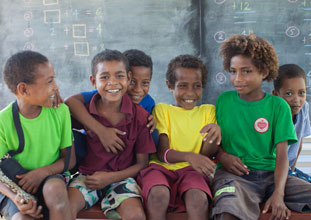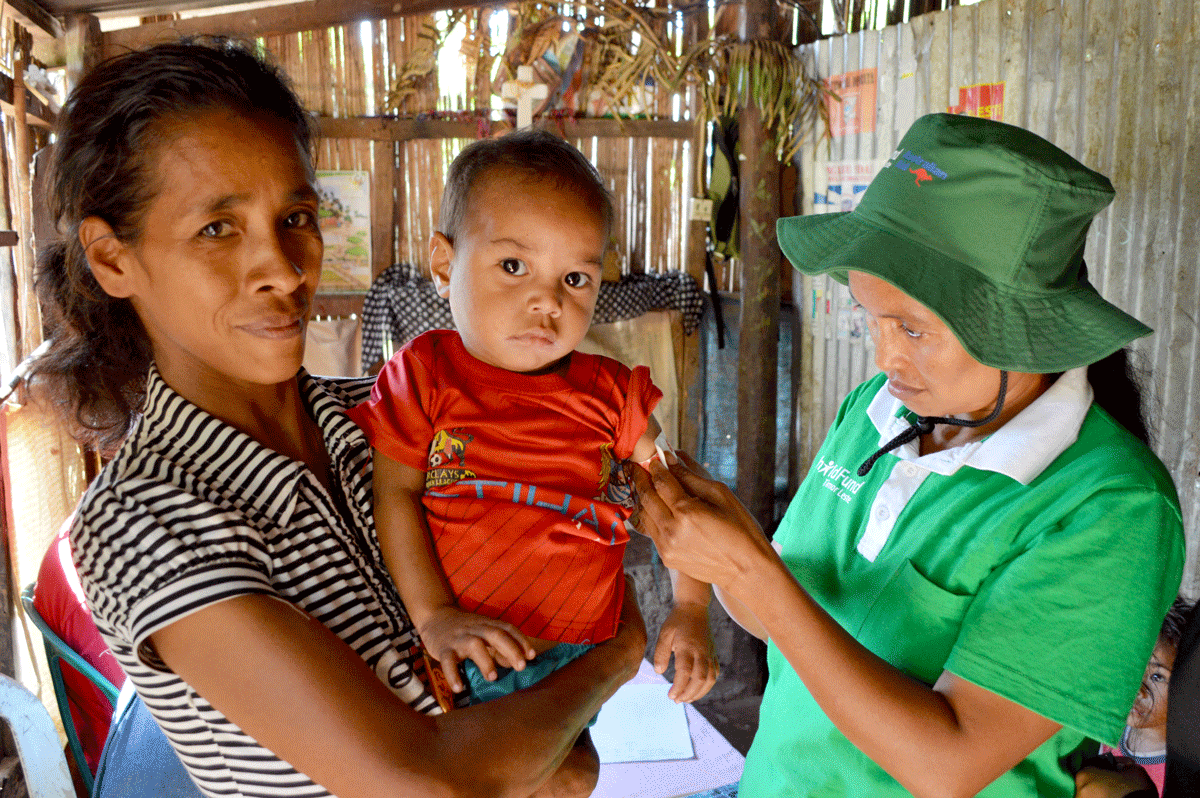The ongoing food crisis, which the United Nations described as the worst humanitarian emergency since World War II, has put Africa front and centre in our newsfeeds.
Unfortunately, it often takes extreme and tragic events for the rest of the world to turn its attention to what is happening in the world’s second-largest continent.
High levels of poverty are still experienced by far too many children and families in a number of African countries. But focusing solely on these problems can lead to outdated stereotypes that all children in Africa are “poor kids” living in traditional huts. This is not an accurate reflection – the reality is far more complex, and far more interesting.
So here are a few facts that might just change the way you think about Africa, and it’s place in our global neighbourhood.
Four out of five people in Africa have a mobile phone
It is a common stereotype that children in Africa have no access to modern technology. That’s not true – currently, around 80% have mobile phones.
In Kenya, the statistics are even higher with nine out of ten people owning a mobile phone. But this is still in stark contrast to the fact that one in two houses does not have adequate sanitation and the average school has only one toilet for every 100 children. This can lead to the outbreak of disease, many of which are particularly deadly for young children.
On the night of 14 August, extreme flooding in Sierra Leone caused a devastating mudslide to sweep down the steep hillsides of the capital Freetown, engulfing the homes of thousands of families who live in the city’s most densely populated areas.
The estimated death toll is around 400, with that number rising daily as more bodies are discovered beneath the mud and debris. Around 20,000 people have been displaced from their homes, and as rescue efforts continue there are real fears that entire communities may have been wiped out.
Approximately 75 percent of those affected are women and children, including 150 sponsored children who are enrolled with ChildFund. We are relieved to report that all children living near the affected areas are safe and accounted for.
ChildFund is coordinating with other humanitarian organisations on the ground to assess the most urgent humanitarian needs, with a particular focus on child protection. Emergency assistance is already being provided in Regent, one of the areas most impacted by the landslide, and includes:
- Establishing Child Centred Spaces at displacement shelters, where children can gather to play and receive trauma support. These spaces also provide parents with a safe location to leave their children as they begin to rebuild their lives and livelihoods.
- The provision of non-food items (NFIs) such as blankets, mosquito nets, water purification supplies, and scholastic materials so children don’t fall behind in their education.
- Cash transfers to the most vulnerable families, such as female-headed households who have lost their homes and are now without shelter and other basic necessities.
As time passes, there is increasing concern that waterborne disease may become widespread in Freetown due to the destruction of water and sanitation infrastructure, and contamination from bodies still lost under the mud.
The growing risk of diarrhoea, malaria and other diseases, compounded with poor access to adequate food, increases the potential for significant malnutrition, especially for the youngest children and lactating mothers.
Although Sierra Leone is prone to flooding annually, the country was not prepared for a disaster of this magnitude. As the country is only halfway through the rainy season, there are real fears of a second mudslide, with satellite data and radar imagery indicating a new fault line in another section of a Freetown hill. This situation will be monitored closely.

